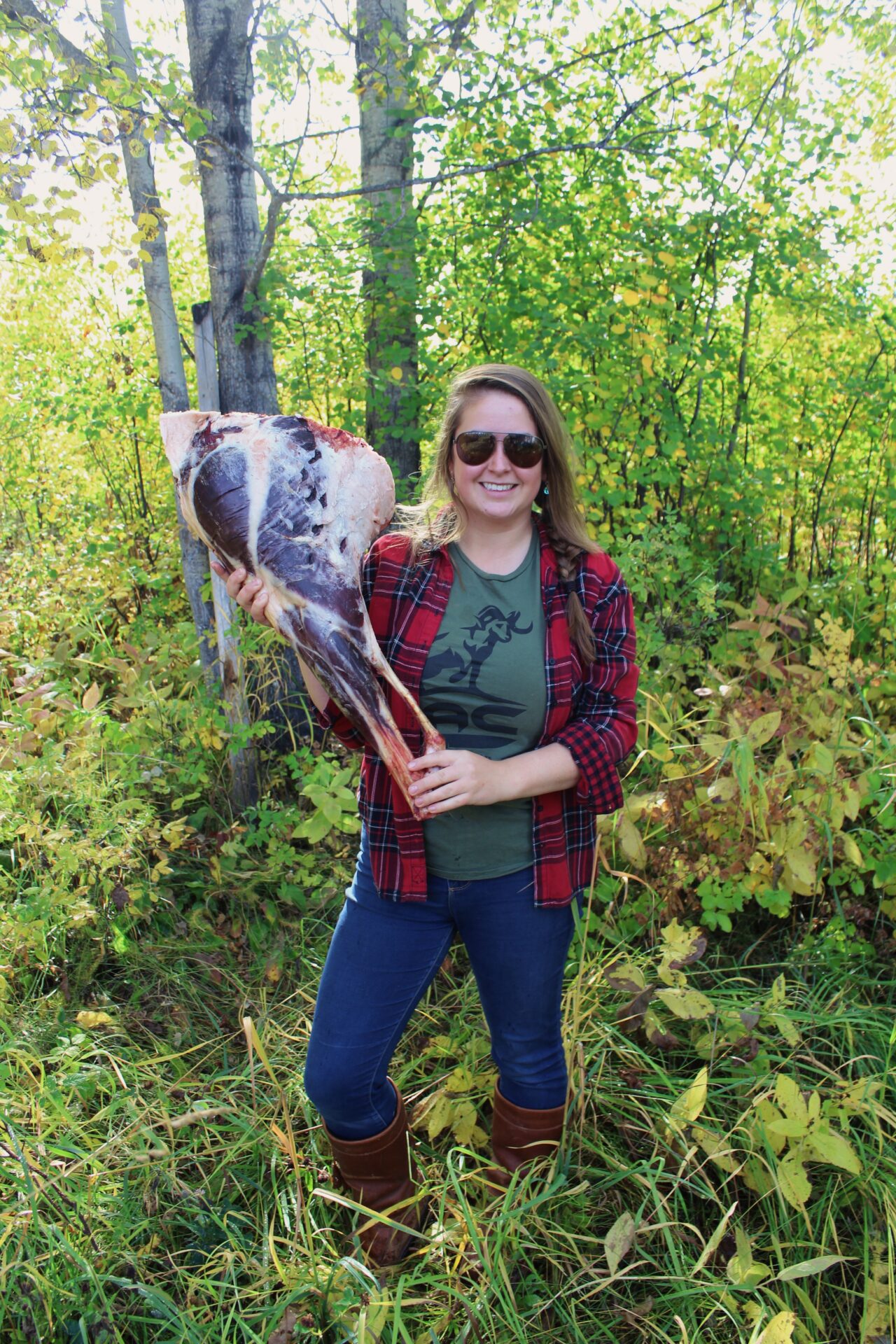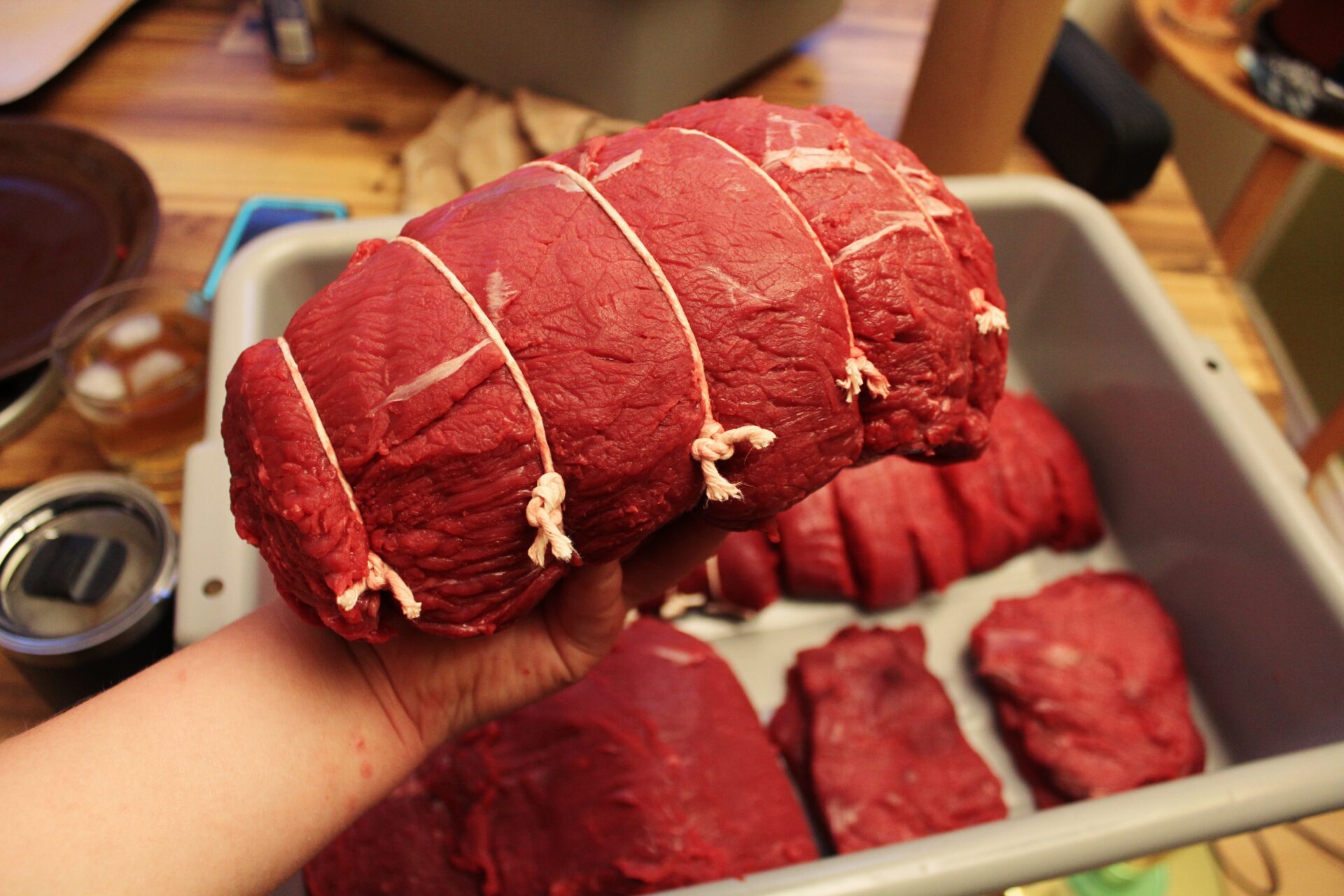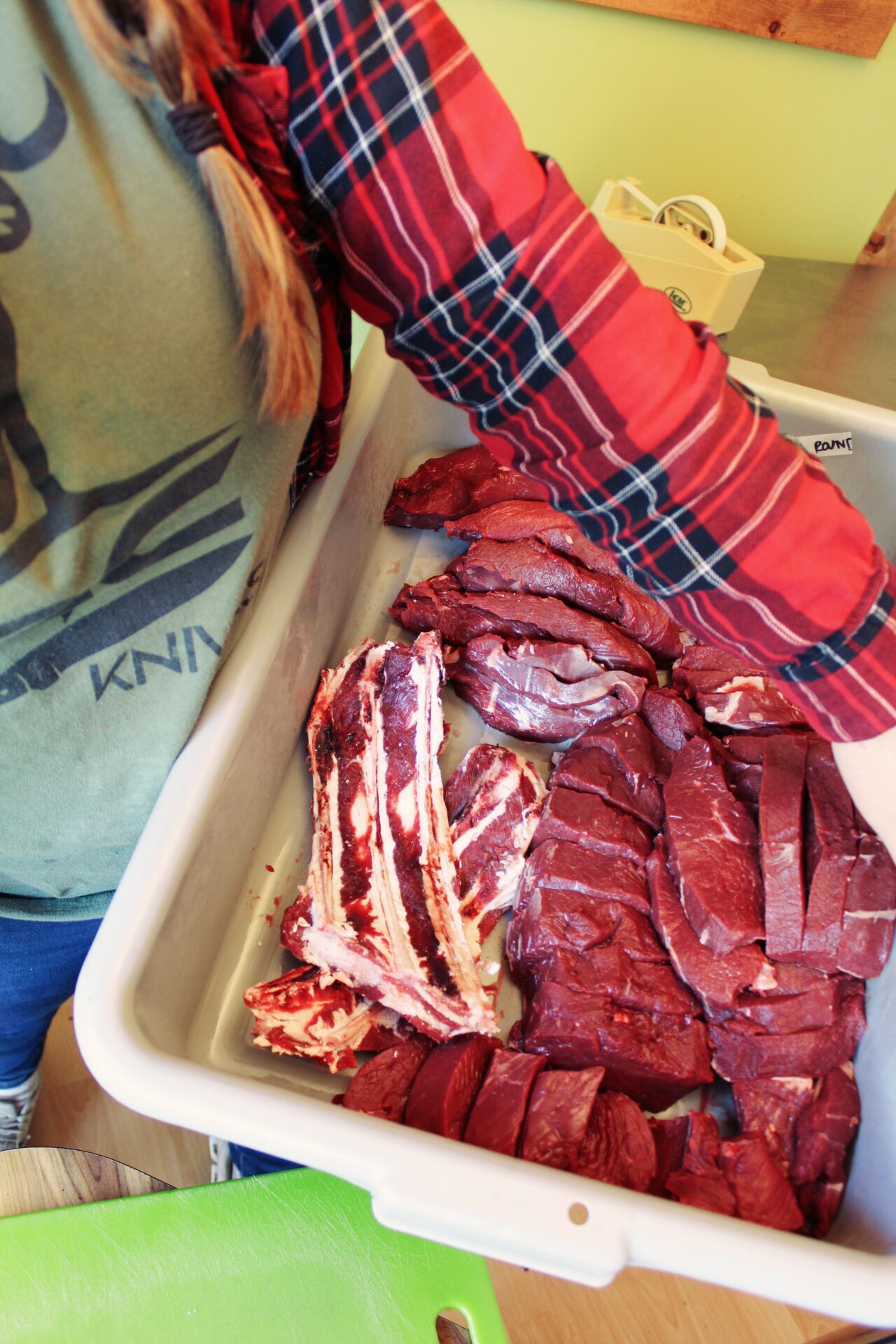Throughout the years, my interest in butchering our own animals has grown substantially. It started out with small game, progressed to medium-sized farm animals and, up until this year, had culminated in butchering mule deer whenever we had a successful hunting season.
Advertisement

After doing this for a good while, things started to feel a bit stagnant. We are far from professional meat cutters, but I felt like we could look at each deer as a learning opportunity. Up until recently, everything about our setup was rudimentary: a hanging area that was only sufficient for use during the latter half of the season, dining tables for cutting that would leave your back and neck aching for days after the work was done, a limited knowledge of different cuts of meat that resulted in the majority of the packages reading “front roast/steak” or “rear roast/steak.” While everything was working, I wanted to finesse our system a little bit more.
Cue the harvest of my first mule deer buck last season. We built a small meat cooler behind our house and had finally invested in several meat lugs with lids. After the deer had hung in the cooler, we broke it down into primal/main cuts and then tucked them into the fridge, organized by each quarter of the animal. The following day, armed with a chart detailing the various retail cuts of meat and where they came from, I started the painstakingly slow process of attempting to distinguish what “rear roast” I was actually cutting.
Advertisement
It took me substantially longer to cut and wrap that deer, partially because I was doing it alone, but mostly because I was taking my time to learn. By the time I had tucked my deer into the freezer, I was ecstatically exclaiming to my partner that I was fairly certain I could distinguish between the round and sirloin tip.

When the 2022 hunting season rolled around and I headed out to the bush with a moose tag burning a hole in my pocket to be cut, I confidently declared that if I was successful in tagging a moose, that I wanted to tackle the enormous task of butchering it at home. While it wasn’t long before the moose was hanging in our cooler, we finally caved and invested in a little bit better gear to set us up for success. For too long we had been “just making things work.” The addition of a couple of counter-height stainless steel tables and a freezer tape dispenser was not costly, but it did make a huge difference to our comfort and efficiency.
Advertisement
Now I am not saying that I want to get into the business of meat cutting (we are very lucky to have many skilled butchers within a couple hours drive of our house), but over the course of a weekend, we had accomplished the monumental task of processing an entire moose and dang it, it felt good to tackle that! I got more comfortable recognizing the different cuts, learned how to properly tie a butcher’s knot for roasts, and by the end of it all, there was only a couple packages of meat that were tucked into the freezer labelled with a bunch of question marks.

Seeing the progress made over the last several years, I can’t wait to learn more with each animal we harvest. I certainly see a dedicated butchering shed in our future… but that’s a non-hunting season task.